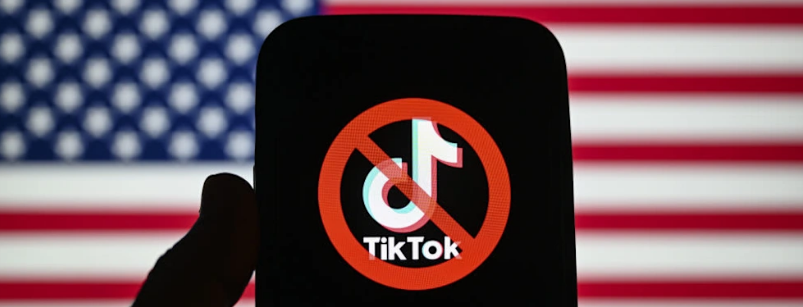As high-school students, we (well, most of us) work hard to get good grades and apply to the best colleges to ensure a future career that is both well-paying and enjoyable. Aspiring bright minds may go on past high school and college and on to graduate school, to pursue higher degrees and enter prestigious career fields like law or medicine. It’s no mystery then, how upsetting it is to know that there are high-paying careers out in the world where the workers call themselves “professionals” or “experts,” yet the job calls for performance that the most simple of baboons could put forth.
There are all kinds of ludicrous occupations like this, from weather forecasters to sports analysts—all with potential ridiculous salaries, and all based on “statistics” that have been proven less accurate than predictions based on a coin flip or criticisms based on nothing but smoke wafting from the nether regions of “expert” critics. The worst offender of occupations such as these is the art critic.
The general population has come to form a similar consensus on modern art—it sucks. We just don’t understand it though, which is why we pay professional art critics to tell us what we’re supposed to think when we see modern art. “Oh, it’s the artist’s expression of the twisted fabric of society in which the common man is forced to live in? I thought his five-year old son just got a hold of his watercolors.”
It’s frustrating enough that “artists” are actually paid by the tens of thousands to create works such as these. But the ultimate gear-grinder is that there are people—people who have the audacity to call themselves professionals—who are paid to criticize these works. If it weren’t for art critics, masterpieces like the one above would unfortunately never be able to grace the grand foyer of some fancy-pantsy art collector.







